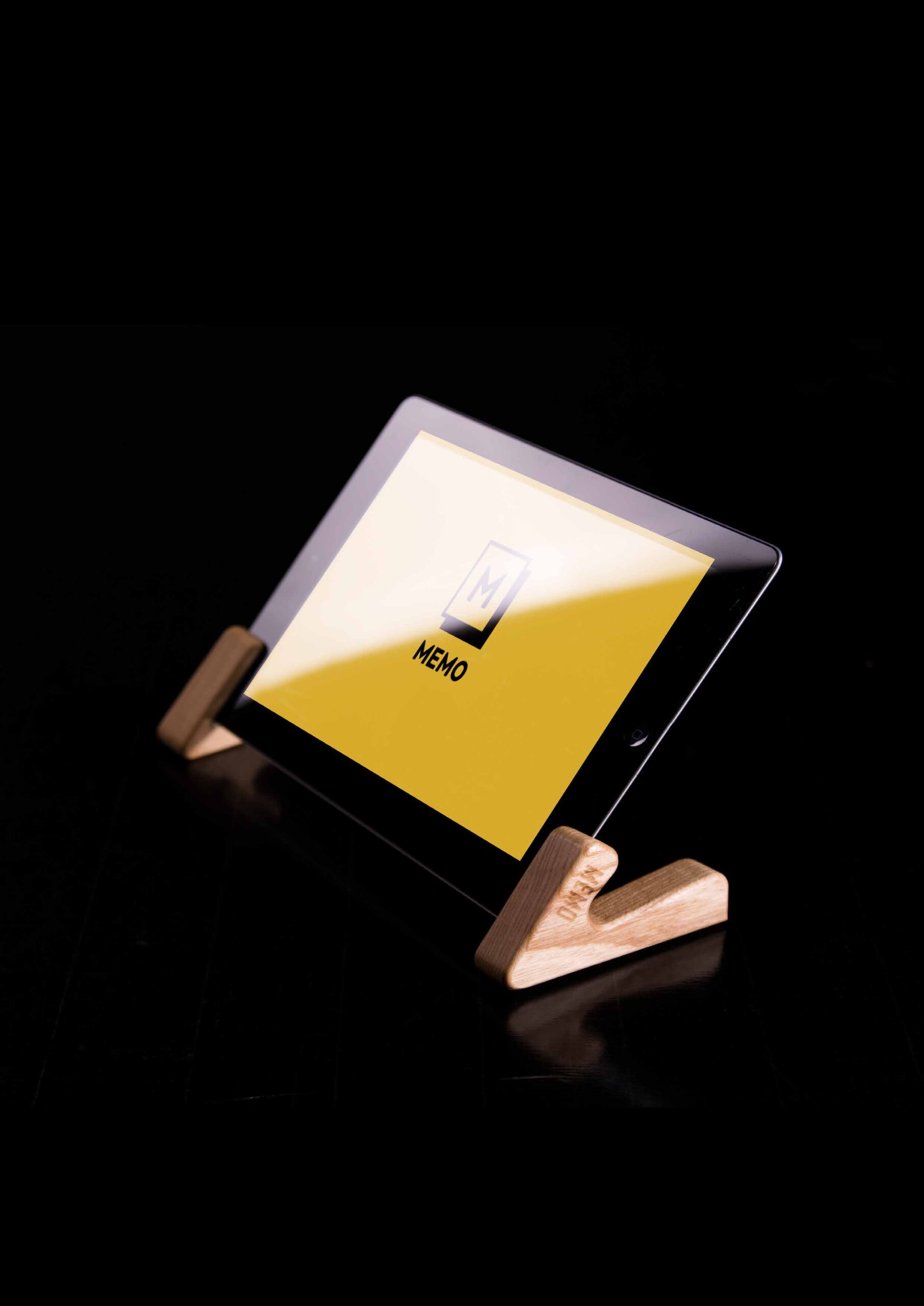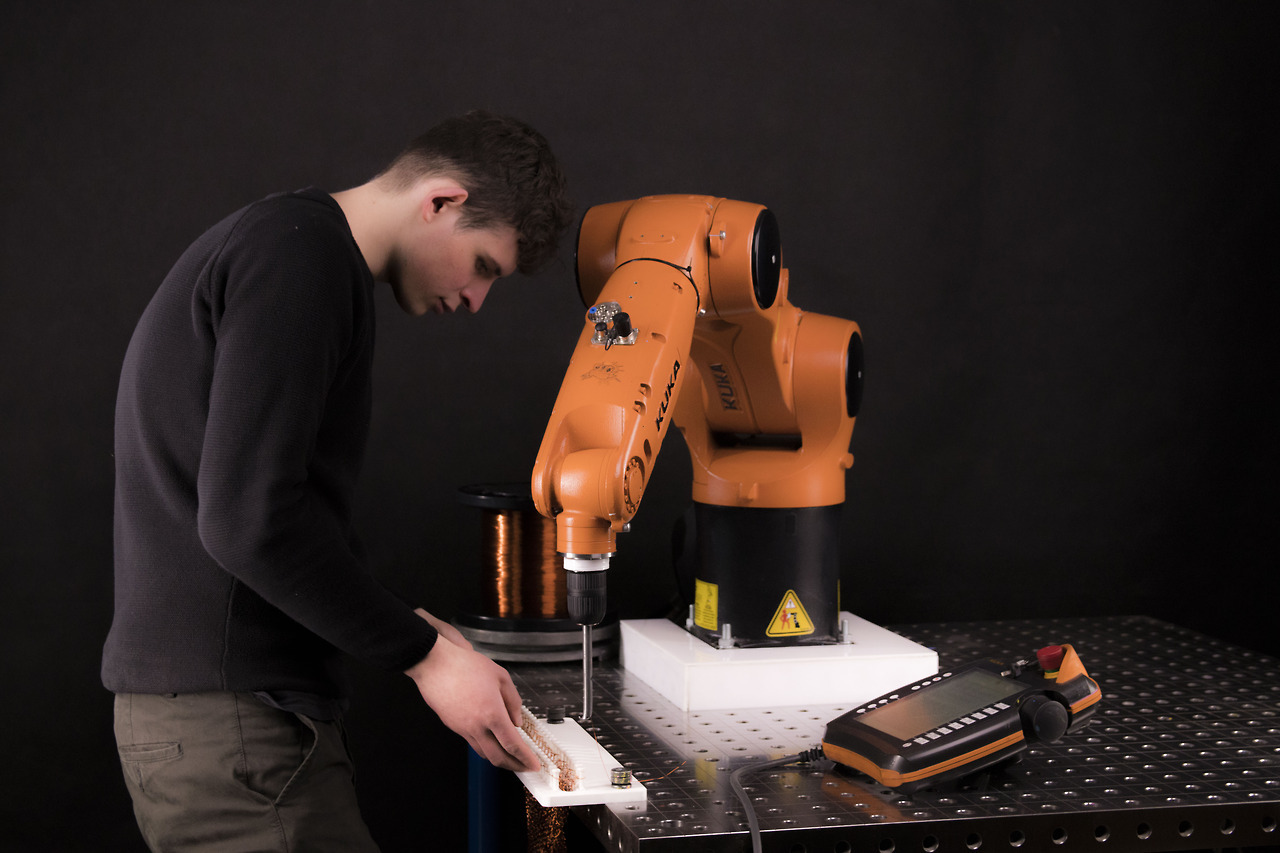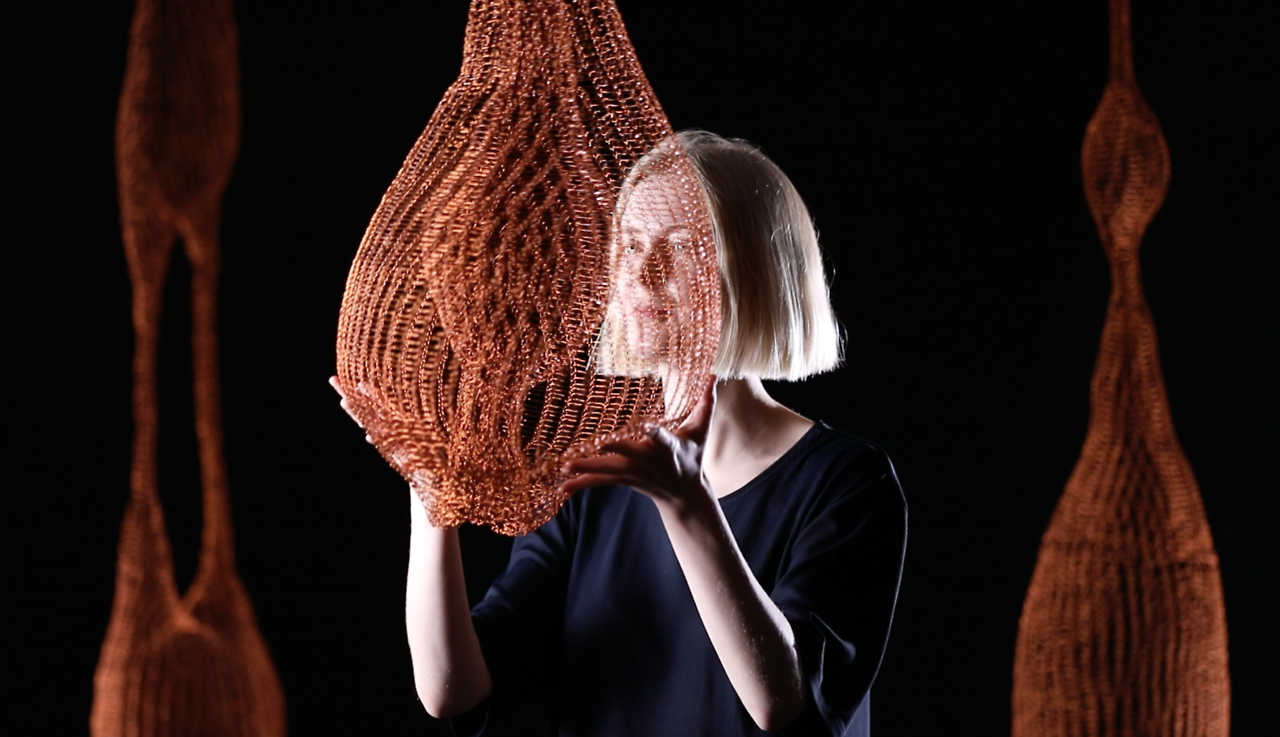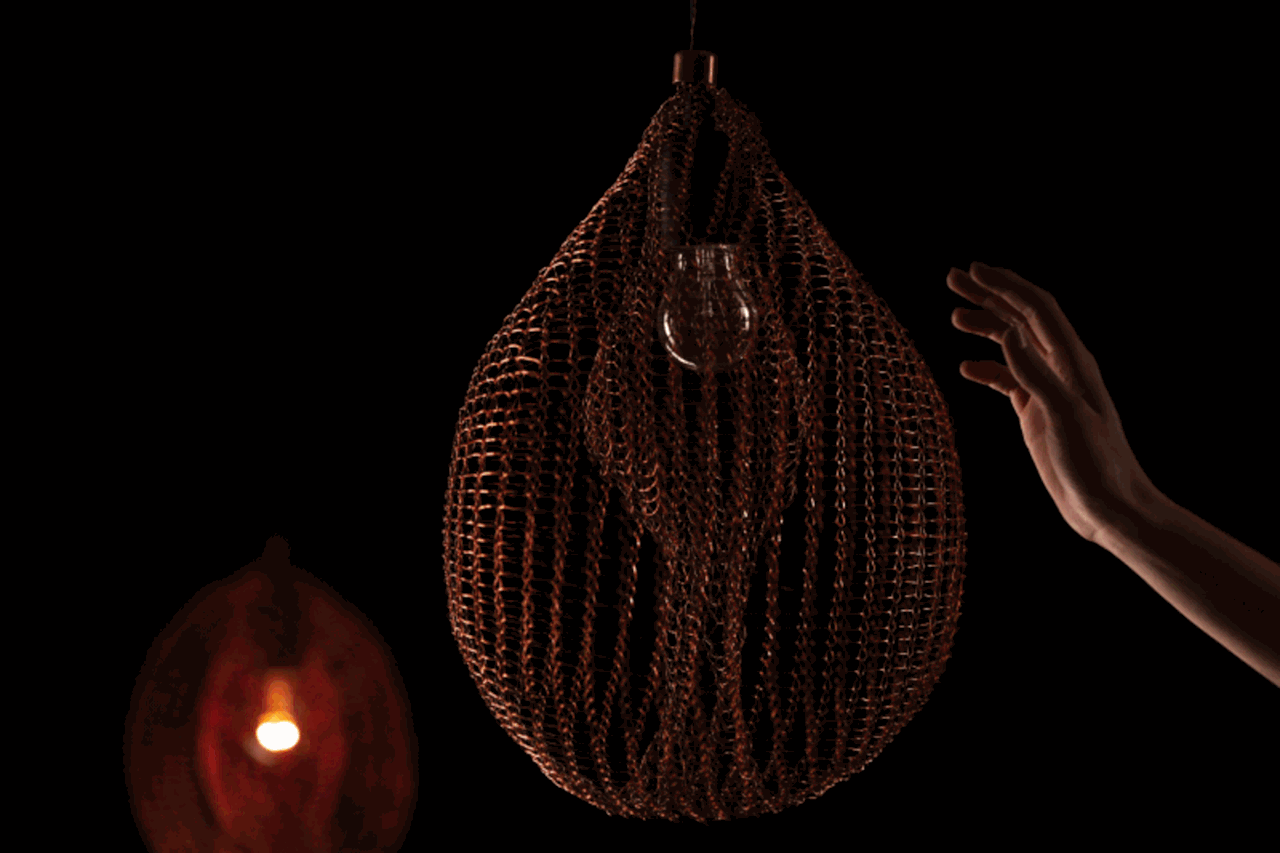Solid wood pendant lamp design (walnut, ash and oak). The advantage of the lamp is easy, glueless and tool-free assembly and disassembly to replace parts. The lamp is intended mainly for office spaces, available in three sizes: 1200mm, 1500mm and 1800mm. It is perfect for general lighting, in a conference room or acoustic booths. It has the uplight function – light directed to the ceiling. Directing the light upwards can help “raise” the ceiling, optically enlarge the space or improve the architectural structure and interior design features.
It is also possible to change the length of the lines to match the lighting to the selected place. The lamp is characterized by a simple and functional design. An additional advantage is the possibility of choosing a stain from a wide range of Workagile colors. Thanks to the use of solid wood, the lamp ages beautifully over time.

















